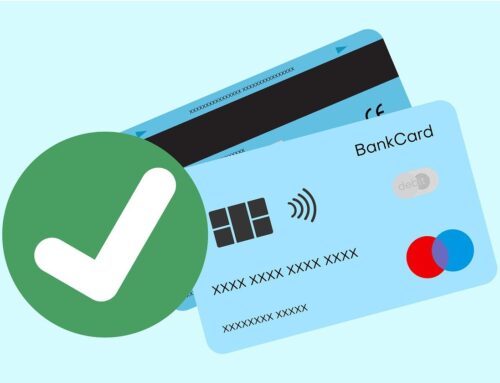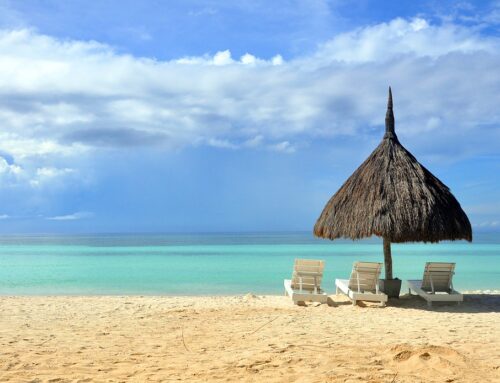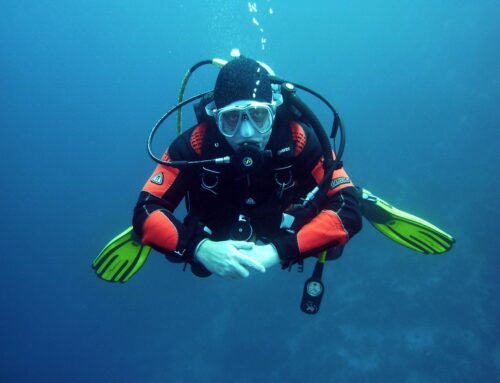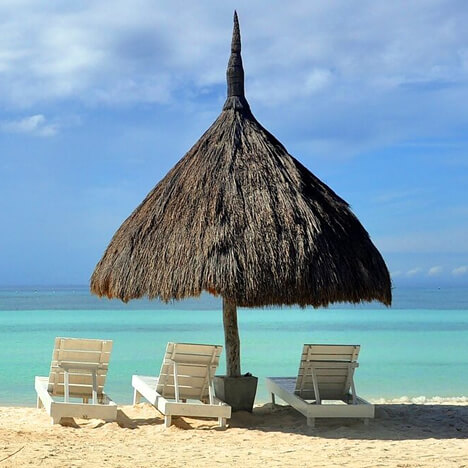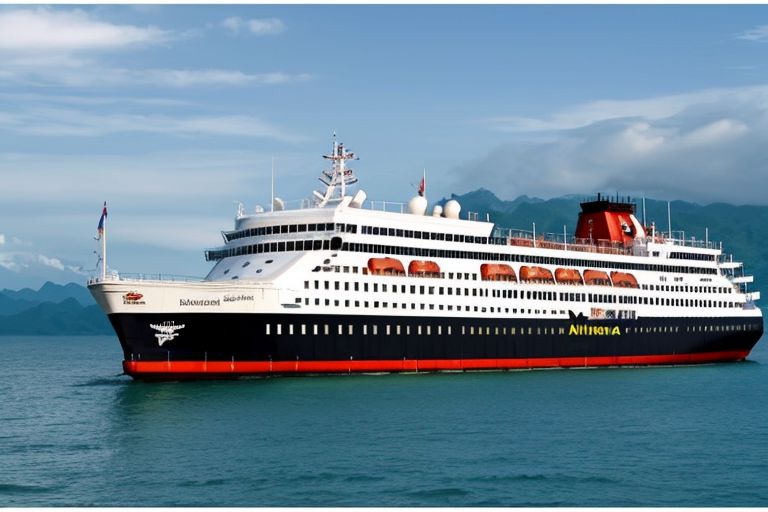
The Philippines by Ferry – Travel Between the Philippines Islands
With over 7,000 islands to check out, the Philippines is made for island hopping. Sure, you can fly — but there’s something special about cruising between islands by boat. Ferries let you slow down, enjoy the view, and really soak in that island vibe. It’s not just about getting from A to B — it’s part of the experience.
Why Take a Ferry Instead of a Plane?
If you’ve got time, ferries are a fun and flexible way to travel. You can wake up on one island and head to another the same day. Some ferries have wide open decks where you can watch the sunrise or just feel the ocean breeze. It’s way more laid-back than airports. Plus, it’s cheaper, especially if you’re traveling often. And since you’re riding with locals, it’s also a great way to see everyday Filipino life up close.
What Kinds of Ferries Are Out There?
Not all ferries are the same, and what you pick depends on where you’re going and how fast you want to get there. Here are the main types you’ll see in the Philippines:
Bangka
These are small wooden boats with outriggers — the classic island style. Great for short hops between islands. You usually buy tickets right at the dock, and the experience is super local. No frills, just the basics.
RORO (Roll-on/Roll-off)
These ferries carry cars, motorbikes, cargo, and people. If you’ve got a motorbike or want to bring gear with you, RORO is perfect. The ride is a bit slower, but it’s solid and dependable. Booking ahead is smart, especially if you’re bringing a vehicle.
Fastcraft
These are high-speed catamarans that get you there faster — great for shorter trips where time matters. They’re comfy, but they fill up fast during holidays and weekends, so make sure to book early if you’re taking this route.
Passenger Liners
These are like small cruise ships. They’ve got cabins, meals, bathrooms — sometimes even entertainment. If you’re doing an overnight journey or going a long distance, this is the most comfortable way to go. Just know these usually require booking well in advance.
How to Plan Your Ferry Adventure
The best ferry trips start with a little planning. First, figure out your route. Not every island is connected directly, so you might need to stop over in places like Cebu or Iloilo. Check ferry schedules before setting anything in stone. Next, look up the main operators — names like 2GO Travel, Montenegro Shipping Lines, and TransAsia pop up a lot, and they all offer different types of boats and routes. Book your tickets ahead of time, especially if you’re traveling during December, Holy Week, or a long weekend. And don’t forget the basics — light clothes, a good hat, sunscreen, and motion sickness meds if boats make you woozy.
Booking Your Ferry Adventure — Smooth Sailing Starts Here
Once you know where you’re headed, it’s time to get your tickets. There are two ways to do it — plan everything yourself or work with a travel agent. Both work fine. It just depends on how hands-on you want to be.
Booking It Yourself Is Pretty Straightforward
If you like planning your own trip, the DIY route works great. Most major ferry operators in the Philippines have websites where you can check schedules, pick a route, and book tickets. Here are a few to check out:
Easybook is especially helpful if you want to see multiple options in one place. Some travel platforms like Agoda have a few ferry options too, though it’s still pretty limited. If you want to compare prices and schedules across companies, try using a site like Direct Ferries — it’s one of the few comparison sites that works for this region.
Booking through a travel agent makes it easy
If you don’t feel like figuring it all out yourself, a local travel agent can be a huge help. They know the ferry routes, can book your tickets, and might even help you plan a full trip. It saves time and takes the guesswork out of matching schedules or choosing between ferry types. Some agents even have access to promotions or packages you won’t find online.
WCA and other travel agent options
One travel agency you might come across is WCA Travel. Their website shows ferry options and travel services around the Philippines. It’s a good starting point, but don’t stop there. Look around and compare a few agents to see who gives the best deal or service. Some agencies are more hands-on than others, and prices or package inclusions can vary.
Tips to make your booking smooth
Booking ahead makes a big difference, especially during the holidays or festival season when ferries fill up fast. It’s worth comparing prices on a few websites or through different agents to avoid overpaying. Think about the kind of trip you want too — some ferries are quick and no-frills, while others have cabins and onboard meals. Before booking, read a few recent reviews from other travelers to get a feel for the ferry service and route. And when you book, have your ID and travel details ready so things move faster at check-in.
What to Expect When It Comes to Costs
Ferries in the Philippines are usually affordable, but the price can still vary depending on where you’re going and how you get there. Longer routes cost more than short ones, and faster ferries are usually more expensive. If you want more comfort or a private cabin, expect to pay extra. Prices also go up during peak seasons like December and Holy Week, so plan ahead if you’re traveling around those times.
The Extras That Add Up
It’s not just the ticket price you need to think about. Some ferry terminals charge a small fee before you board. If you’re carrying a lot of bags or going over the limit, you might have to pay more for baggage. Bringing a car or motorbike on a RORO ferry will cost extra too. Food is another thing to plan for — some ferries include meals, but others don’t. If you don’t want to pay onboard prices, bringing your own snacks is always a good idea.
Easy Ways to Travel Without Overspending
If you’re trying to keep things budget-friendly, travel outside the busy seasons when ticket prices are lower. Booking early almost always gets you better rates, especially on popular routes. Slower ferries like RORO or local bangkas cost less than fastcraft or passenger liners. Packing light helps avoid baggage fees, and bringing your own food can save a surprising amount. A little planning makes it easy to keep costs down while still enjoying every part of the trip.
Got feedback on this page?
If you think something should be added or updated, drop a comment — no need to include your name or email unless you want to.

